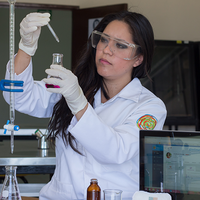Biotechnology & medicine
Zhen Gu
Diabetics are tired of sticking themselves with needles. Someday they may not have to.

Global
Cigall Kadoch
A major vulnerability of certain kinds of cancer is becoming clear.

Asia Pacific
Ruey Feng Peh
Advent Access: Preserving Vascular Health, Reducing Dialysis Cost

Latin America
Eva Hernández
Her low-cost, reactive strips detect vaginal infections non-invasively

Europe
José Luis Rubio
His technology reduces the number of unnecessary biopsies performed to diagnose skin cancer
